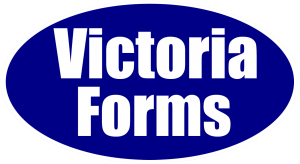
Product Features
Accessible Forms:
To make forms available to users with visual disabilities, our eForms can be presented in a simplified text only format.
These non-JavaScript text versions are optimised for users of screen reader software or those with other visual impairments, and have been designed to make form completion as easy as possible for these users
Users are able to change the text size and colour contrast of the form as it is being completed.
Offline Forms:
Our offline eForms bridge the gap between paper forms and online solutions. Situations arise where a constant internet connection is not possible, and organisations could be forced to resort to using paper forms and have to manually enter information when connectivity is restored.
Where regular offline form completion is required, our offline forms module provides the user with fully functional eForms offline, which can then be seamlessly submitted to the server when connected to a network.
Our internet forms for all devices can run offline once downloaded; however, they must first be opened from an online forms system.
Add-On Modules for eForms
Attachments / Evidence Collection Add-on
In various scenarios, eForms need to be accompanied by evidence documentation.
The Attachments / Evidence Collection module allows images taken using a camera or scanner to be attached to eForms. Images can be stored alongside eForms once submitted, and also exported to the document system as a single case…..
CRM / Customer Portal Integration Add-on
For councils that wish to use our eForms in conjunction with their own CRM system and / or a Customer Portal, Victoria Forms supplies a ready-made module, which allows integration with minimal additional coding…..
Electronic Signing
Where a signature remains a legal requirement, eForms can be transmitted electronically, but the declaration pages would normally have to be printed, signed and returned by post. This slows down form administration and makes it more difficult for the user to complete forms quickly…..
Multiforms
Our multiform technology allows a group of eForms to be filled in as one case. It is most useful when capturing information for multiple departments or for multiple organisations. The technology is designed to make this task easy and productive.

